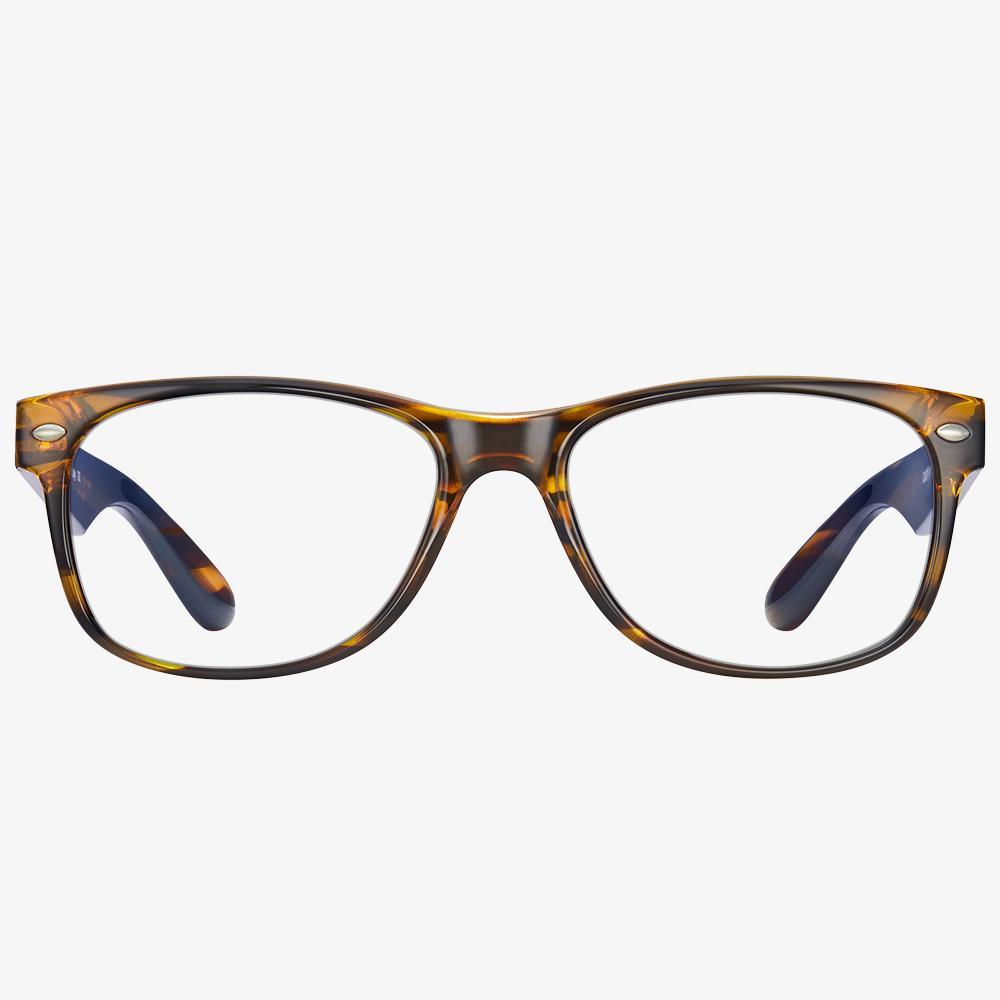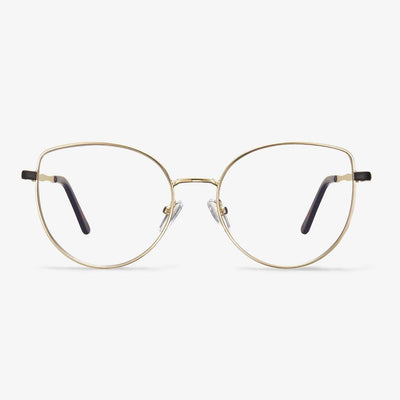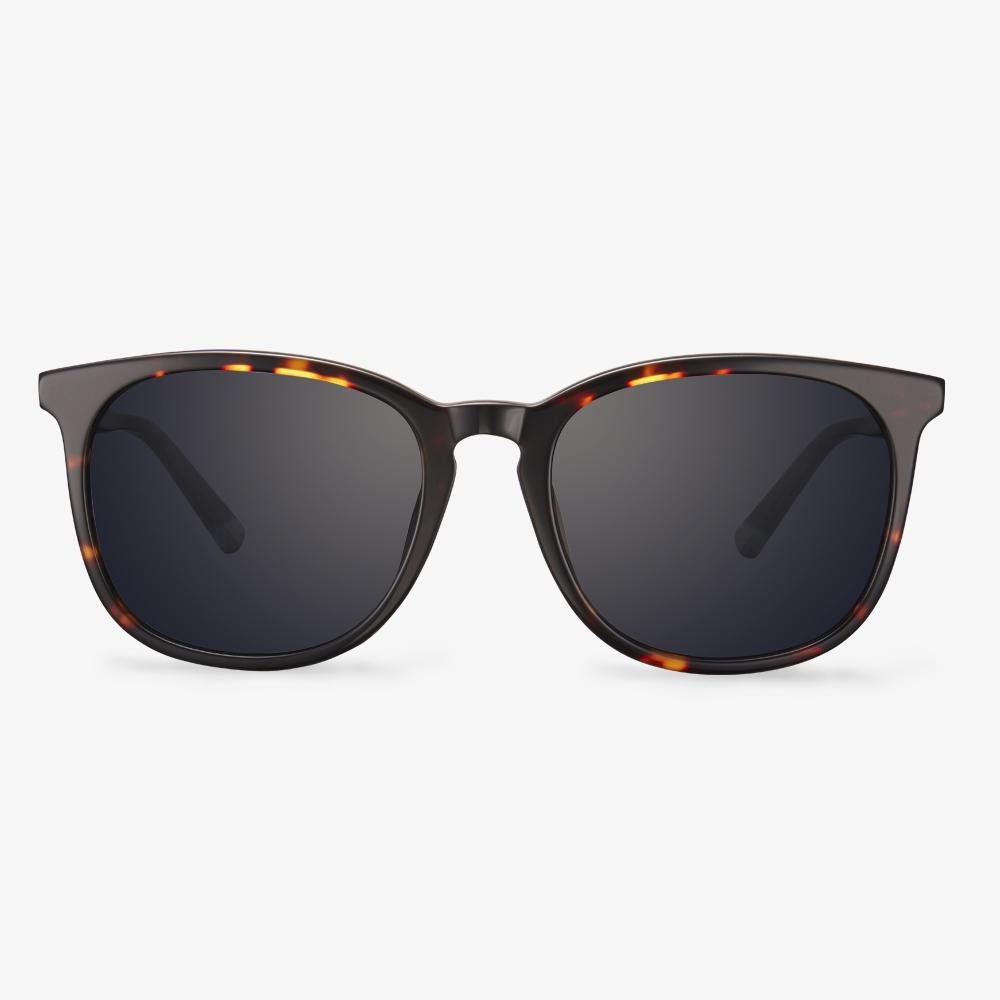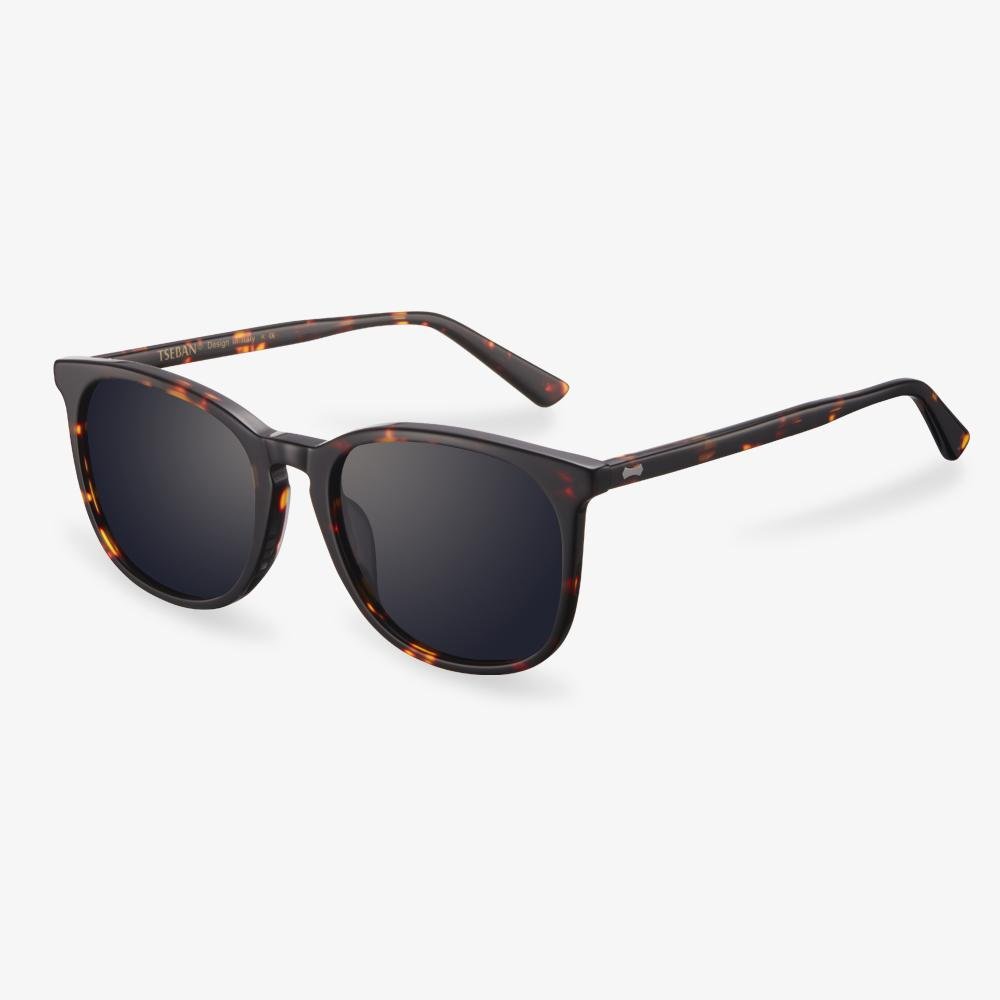The production of carbon fiber glasses is complicated.
Designing carbon fiber glasses was a slow and complicated process. These processes are not fast in material, force, or appearance. Resin is the key to the quality of carbon fiber. Adding resin to carbon fiber can change the material into composite material. Manufacturers of these composites want to use the least resin to hold the carbon fibers together.
How do blue light glasses work?
Using anti-blue light lens film reflection technology, the glasses reflect harmful blue light, so the surface of the lens reflects blue light, and the substrate absorption technology of the anti-blue light lens will not reflect blue light. Anti-blue light glasses mainly reflect harmful blue light by coating on the surface of the lens, or absorb harmful blue light by adding anti-blue light factor into the substrate of the lens, to realize the blocking of harmful blue light. The blue light intensity emitted by the mobile phone screen was effectively suppressed by the use of anti-blue light glasses, compared with a portable spectrometer.
Evolution of photochromic lenses
Thirty years after Corning invented color-changing glass lenses, another company has carried forward the color-changing glass lenses --Transitions Optical. In 1991, it became the first company to commercially manufacture resin color-changing lenses. Since its inception, the company has been a joint venture between PPG Industries (51%) and Essilor (49%). In April 2014, Essilor acquired a 51% stake in PPG. At present, the mainstream is resin photochromic lenses.
What is blue light?
To prevent blue light, we must first understand what blue light is. The visible light with a wavelength range of 400-500 nanometers is called blue light. The light sources used in daily LED lighting and display products, including mobile phones, flat panels, and TVs, are mostly LED light sources excited by blue light. However, not all blue light is harmful to the human body. The human eye has an extremely low tolerance to blue light radiation in the 400-440 nanometer range. When the light intensity enters this threshold, photochemical damage is likely to occur. However, blue light radiation in the range of 459-490 nanometers is essential for regulating the human body's circadian rhythm and can affect the secretion of human melatonin, which in turn has an impact on the body's biological clock, alertness, and mood.
Scientifically effective anti-blue light lenses must not only block harmful blue light but also cannot filter beneficial blue light. Most of the ineffective anti-blue light products on the market currently have two types of problems. One is that there is almost no protective effect on the blue light in the vulnerable zone of the human eye. The other is excessive protection, shielding the blue light spectrum in the beneficial band so that the blue light that is beneficial for physiological adjustment cannot enter the human eye. At the same time, the color of the lens is yellow, which is prone to color shift, aggravating visual fatigue, and even inducing the risk of myopia.
Study On the Night Driving Glasses
Researchers at Harvard's Schepens Eye Research Institute recently conducted a study to find out if wearing night driving glasses while driving at night is good for vision. All 22 participants drove under four conditions that simulated night driving, wearing either yellow night driving glasses or glasses with clear lenses. Each participant drove with or without the headlight glare simulator activated to simulate the effect of oncoming traffic. The study found that wearing glasses while driving at night didn't seem to improve: how well the participants were able to recognize pedestrians at night and negative effects of headlight glare on pedestrian detection. Our data suggest that wearing yellow lenses while driving at night does not improve performance at the most critical task: pedestrian detection, the study's authors said. A small 2019 study showed that night driving glasses can actually slow down visual reflection by a fraction of a second, making night vision worse.
Types of Varifocal Lenses
Elite varifocal lens: it has the widest field of vision at all focal points and is tailor-made to your exact vision and customized to fit within your frames. With the least distortion around the edges, they are very easy to adapt to and will give you the clearest level of vision available.
Occupational varifocal lenses: the last varifocal lens we want to mention is the occupational varifocal lenses. They are specific to different lifestyles, hobbies or occupation vision needs. If you frequently perform tasks at a particular distance for a long period of time, then you have a broader, more comfortable zone of vision.
How to Choose Glasses for Big Heads?
In this section, we will show you how to choose an eyeglasses frame for large heads. If you do not know how to choose, keep on your reading to find some solutions.
Rectangular frames: Rectangular frames add angle and can slim down the appearance of a larger head. So, if you have a big head, try the rectangular frames glasses.
Oversized frames: if you have a big head, the oversized frames would be a good choice. Oversized glasses will balance out your larger features.
Wayfarer frames: whether your style is retro or geek chic, you will find a perfect fit in trapezoidal wayfarer. The thick angular frames offset rounder cheeks and draw attention down from the forehead. So, if you have a large head, try this style.
When choosing glasses for large heads, you should also find the right shape and color for your signature look and style. While there are a lot of glasses styles for big heads, you should consider glasses with long enough temple length, the length between the hinge of your frames and where they bend around the ear. This measurement is critical for overall comfort, especially on your temples and near your ears.
So, from the above information, you have learned how to choose glasses for big heads.




















































